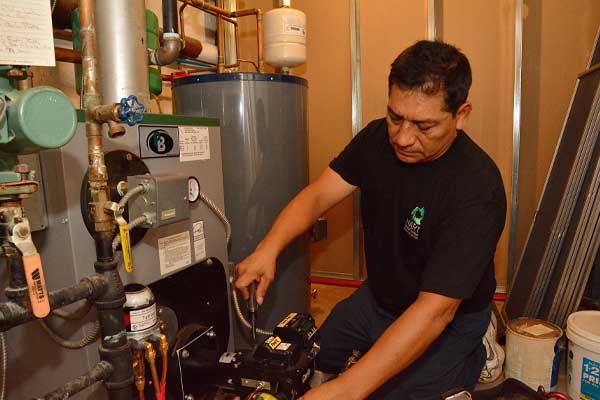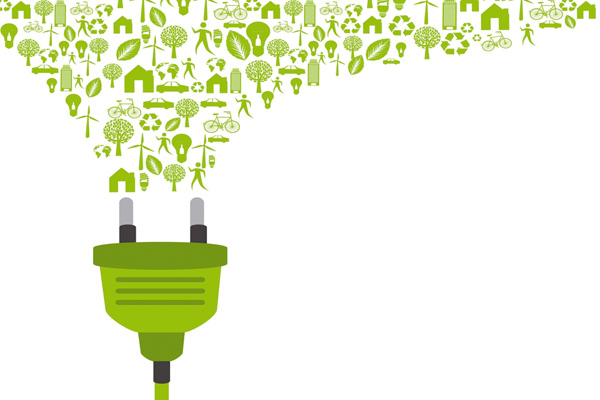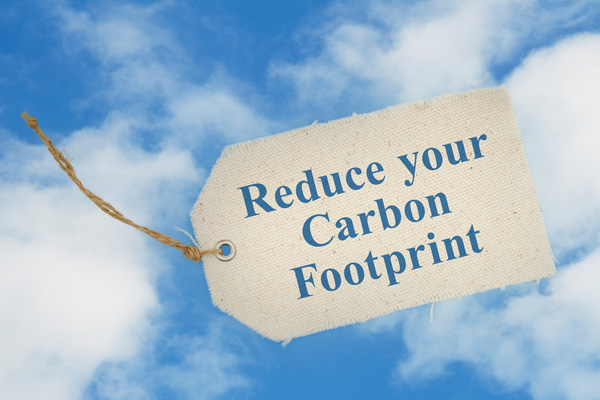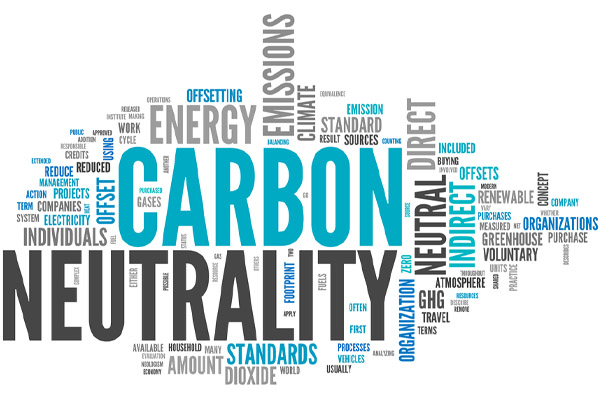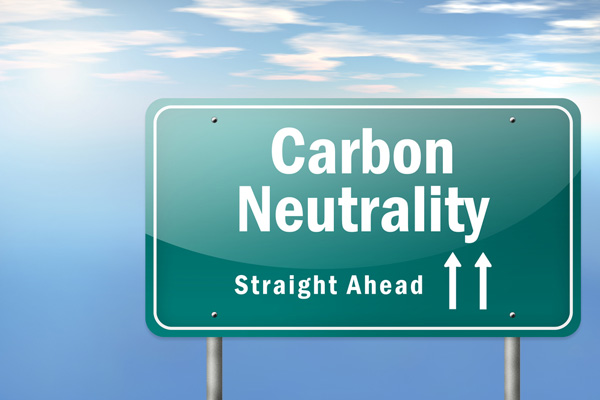EcoBlend
Unintended Consequences of Electrification, What You Need Know
It’s important to share the unintended consequences of electrification and what everyone needs to know. Discover the truth about the cleanliness of electricity, the costs involved, and a better and more affordable option in biofuels. Click through to explore an in-depth view of electrification and some viable alternative solutions to reduce carbon emissions.
Read MoreSmooth Conversion: Integrating Bioheat® Fuel into Existing Heating Oil Systems
Amid rising environmental awareness, Bioheat® fuel oil emerges as an efficient and sustainable alternative to traditional home heating oils. This biodiesel blend enhances residential heating without requiring expensive HVAC equipment upgrades, meeting demands for eco-friendly solutions. It ensures seamless integration into existing systems, supporting homeowners’ transition towards greener energy practices.
Read MoreClean Energy Fuels: How Renewable Biofuels Can Help Solve The Climate Crisis
It is a must that we learn the harsh truth about the climate crisis. This article discusses what biofuels are and how they help reduce carbon emissions. The good news is that biofuels can be used right now, so you can start cutting down your greenhouse gas emissions immediately to help do your part.
Read MoreHow Bioheat® Fuel Accelerates Decarbonization Of US Energy
The Paris Agreement was formed in 2015, and since then, the world has started working diligently toward reducing greenhouse gas emissions. The goal is to prevent global temperatures from increasing and to reach net-zero emissions by 2050. One crucial shift toward the 2050 goal is the decarbonization of US energy.
Read MoreExplaining Bio-Diesel: Alternative Fuel Facts & Data
Biodiesel is one of the few energy sources that utilize recycled cooking oils, plant oils, and animal fats as an alternative fuel. This source of fuel eliminates the need for diesel fuel that derived from petroleum. Moreover, due to its nature, it provides a source of energy security in the future.
Read MoreBioheat® Fuel vs. Regular Heating Oil, What You Need To Know
Homeowners who use fuel oil can now choose to utilize an environmentally-friendly heating oil made from a blend of Ultra-low Sulfur Heating Oil (ULSHO) and biodiesel. At Hart Home Comfort, we deliver our version of Bioheat® oil called EcoBlend Bioheat® heating oil to our customers. This way, you can get only the most environmentally-friendly heating oil.
Read MoreNet Zero Emissions: What You Need To Know
Climate change is a reality that cannot be denied. The effects are plain to see: rising global temperatures, melting polar ice caps, changing weather patterns, an increase in sea level, and heavier downpours. Conscious businesses, Like Hart Home Comfort, are doing their part by delivering EcoBlend to reduce carbon emissions.
Read MoreTypes Of Sustainable Energy Sources For Homes
The U.S. needs to move towards sources of sustainable energy for carbon footprint reduction. One of the ultimate goals is to fuel homes with sustainable energy. This article includes a discussion on a definition of sustainable energy, types of sustainable energy sources, and how Hart Home Comfort can help reduce your carbon footprint.
Read MoreBiofuels: Making Energy Out Of Plants
Biofuels, fuel derived from plants, show great promise for the future of energy. This kind of fuel is renewable, so it can be produced repeatedly. It also does not harm the environment, making it a safe option in protecting the Earth from further damage. Click the link below to read more on this topic.
Read MoreAlternative Energy: How Biofuels Reduce Carbon Footprints
Alternative energy has reached the height of popularity. It’s no surprise that biofuels have entered the conversation. These plant-based fuels are an effective alternative energy source, on top of being renewable. This article discusses how biofuels can help us reduce our carbon footprints with the help of EcoBlend Bioheat® Fuel Oil.
Read More

